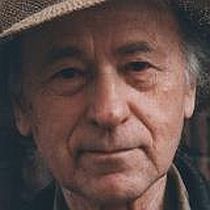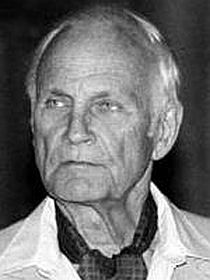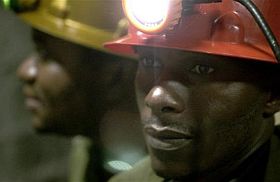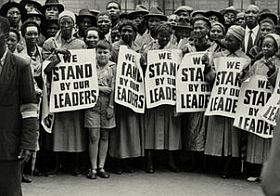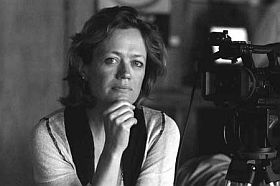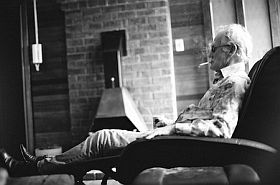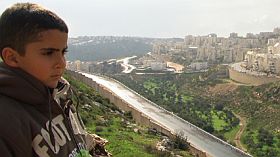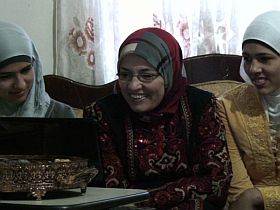


Michael Apted: 56 UP
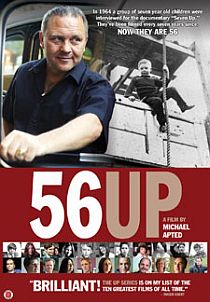
Does it need an introduction this magnificent achievement in the history of documentary cinema and television? Lucky you who have not seen the series that started in 1964, when the children were 7 and have continued every 7 years until now when they are 56 years old. Half a century with Jackie, Suzy, Neil, Nick, Tony, Charles and the rest of them – and Michael Apted (born 1941) intends to continue, ”as long as I am above ground” as he has stated it.
And lucky us who have followed them, and have been able to mirror ourselves and our lives in these characters, who came from different places in society and took different roads in life. Some did what they said they wanted to do when 7 or 14, others – luckily – broke the pattern, for good or worse.
What you can say about 56 Up is that not much has changed since 49, it is like that, is it not? And yet there are illnesses, and there is the society around you and its politics. Neil is trying to change things through involvement in the local community but he is still a person, you sense suffers a lot. Jackie gets a grandchild but is not able to work and is surrounded by illness. Tony (the one on the poster) still has this huge appetite for life but has had his downs. Bruce is camping with his sons and wife and seems to have settled after years abroad. And, great move by Apted, Suzy and Nick, who got friends through the series, talk to each other about being in this film series. ”I hate it”, says Suzy, ”but I guess I feel a kind of loyalty to it.. it is like reading a bad book, but you see it through”. Nick contemplates on the little you can achieve by filming people for 7 days every 7 years. ”It is not about me but about somebody”, he says, and right he is if he by that means that it could be you and me, at least there are so many identification points for all of us when watching.
A link below refers to an article in Guardian, where three of the kids who are now 56 talk about what it has meant to take part in the Up series.
56 UP, already broadcast on British tv, will open at New York’s IFC Center on Friday January 4th, 2013 with a national theatrical run to follow. The film will have its US broadcast on POV in Fall 2013. Amazone has a dvd box available.
England, 2012, 140 minutes
http://www.guardian.co.uk/tv-and-radio/2012/may/07/56-up-its-like-having-another-family
